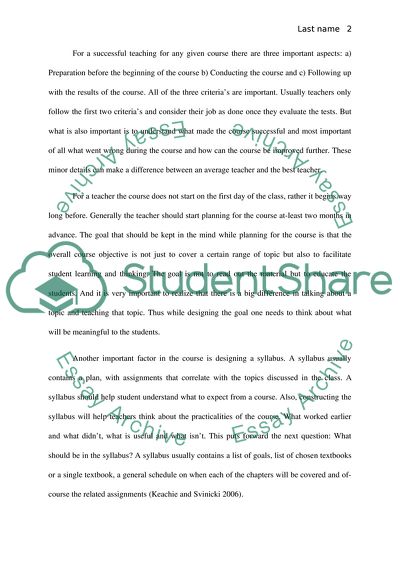Cite this document
(Analyzing and Improving Teaching Essay Example | Topics and Well Written Essays - 2500 words, n.d.)
Analyzing and Improving Teaching Essay Example | Topics and Well Written Essays - 2500 words. https://studentshare.org/education/1713032-analyzing-and-improving-teaching
Analyzing and Improving Teaching Essay Example | Topics and Well Written Essays - 2500 words. https://studentshare.org/education/1713032-analyzing-and-improving-teaching
(Analyzing and Improving Teaching Essay Example | Topics and Well Written Essays - 2500 Words)
Analyzing and Improving Teaching Essay Example | Topics and Well Written Essays - 2500 Words. https://studentshare.org/education/1713032-analyzing-and-improving-teaching.
Analyzing and Improving Teaching Essay Example | Topics and Well Written Essays - 2500 Words. https://studentshare.org/education/1713032-analyzing-and-improving-teaching.
“Analyzing and Improving Teaching Essay Example | Topics and Well Written Essays - 2500 Words”. https://studentshare.org/education/1713032-analyzing-and-improving-teaching.


